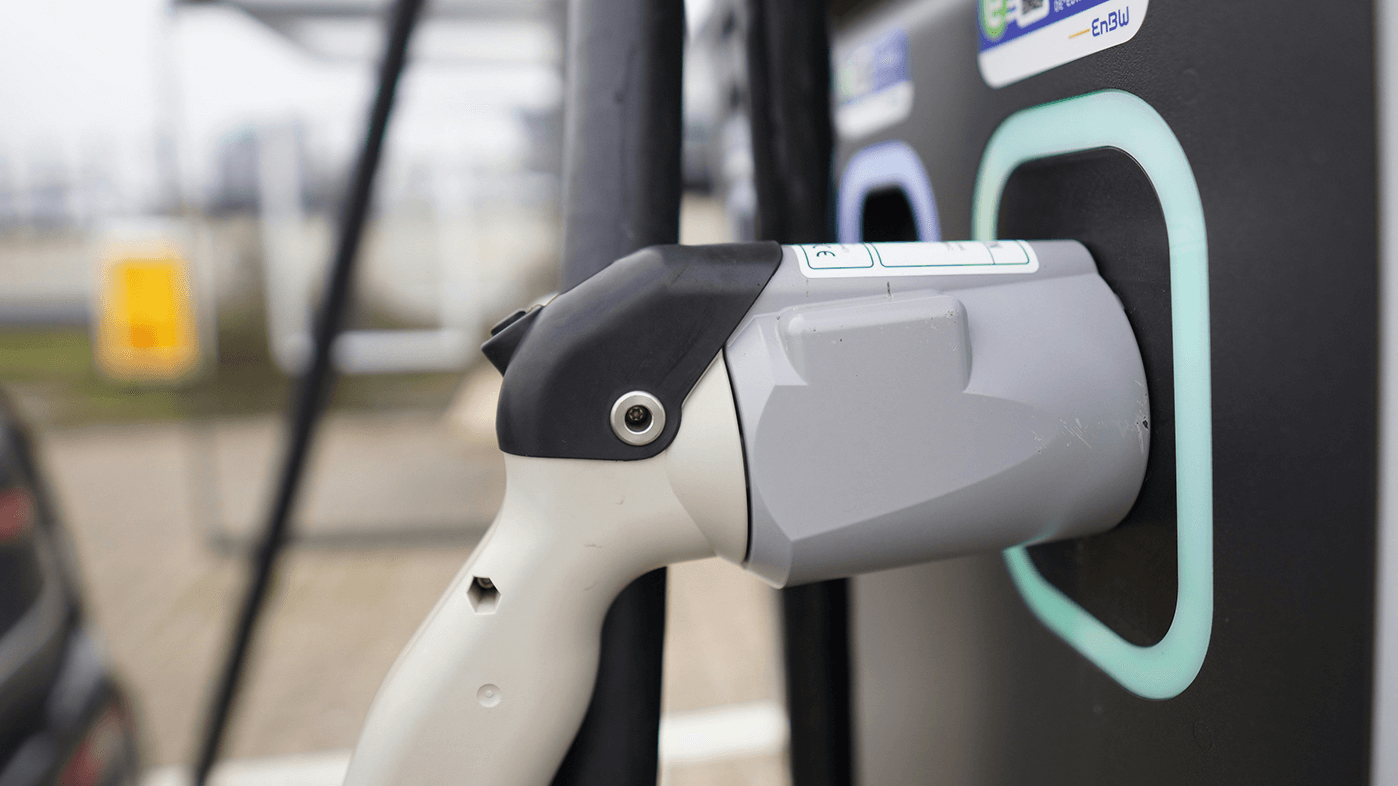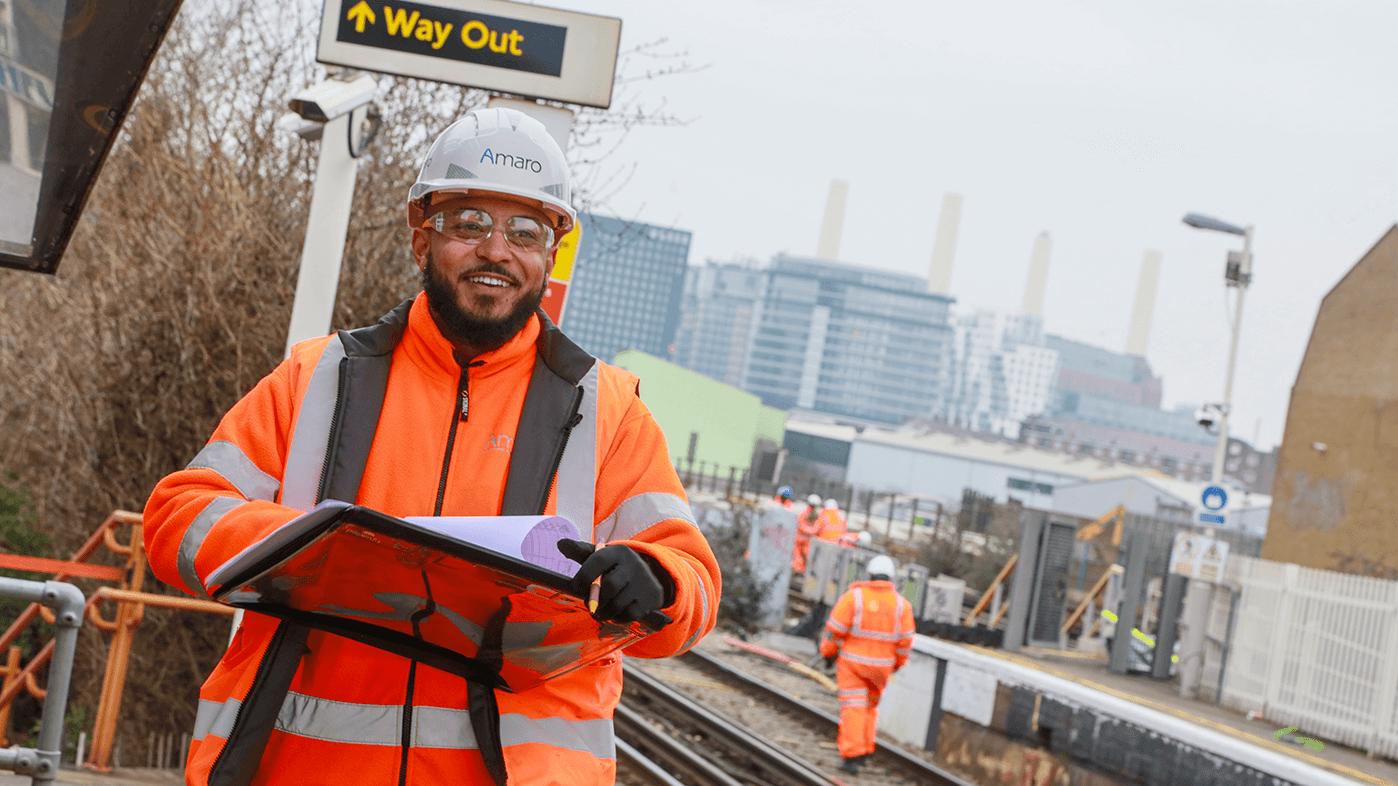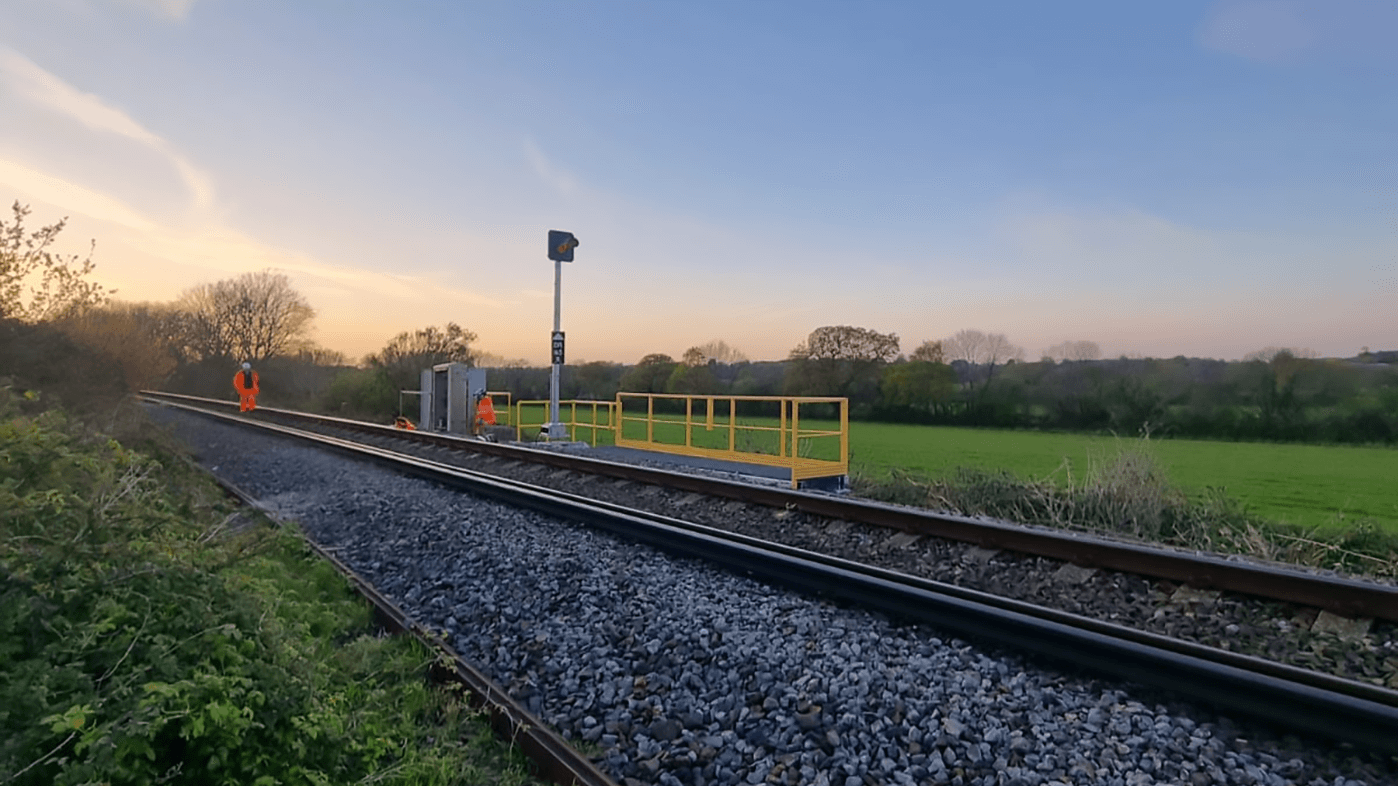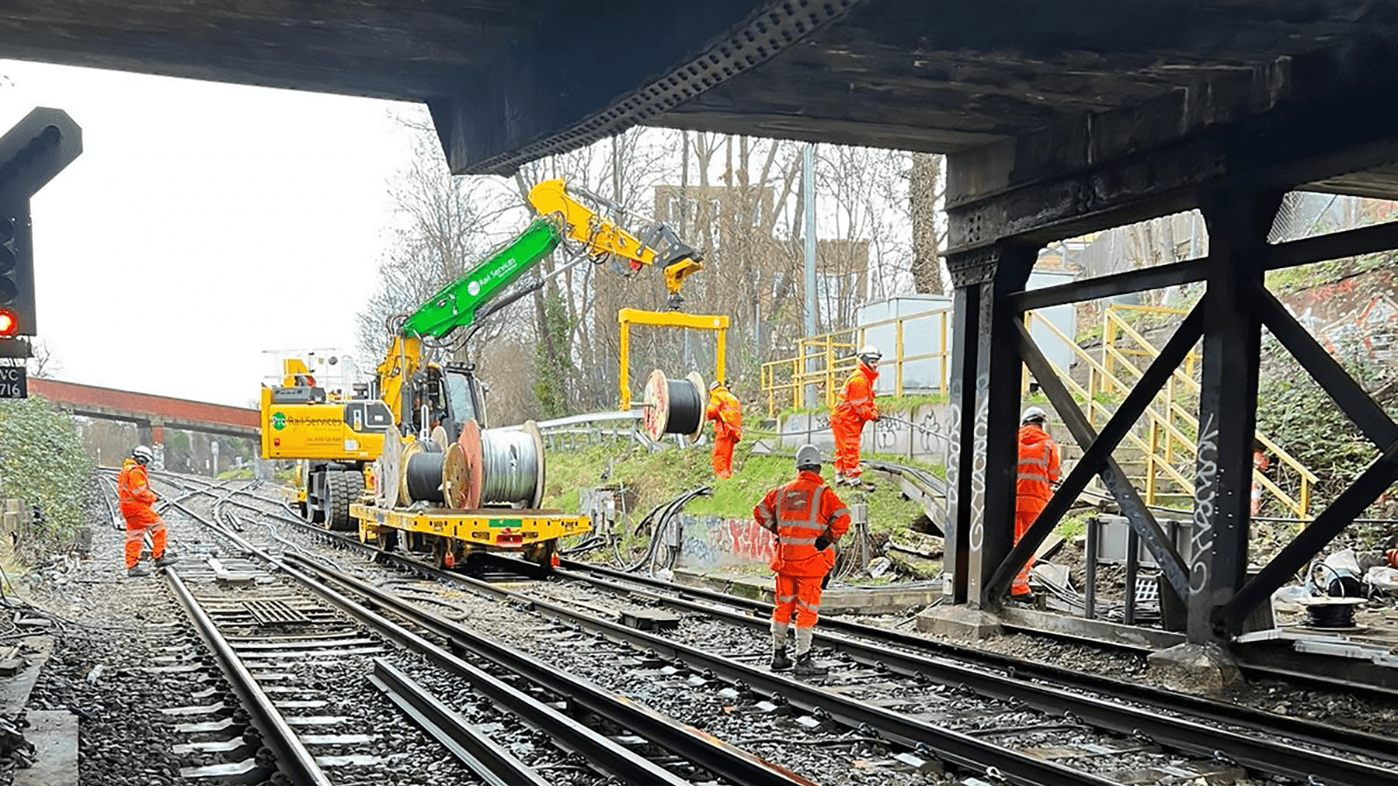The challenge
With the economic development of the local area being a hot topic, both for the community and its political leaders, work on Glasgow’s brand-new Robroyston station commenced in September 2018, replacing the original station that was decommissioned back in 1956.
The city’s 60th station, this stunning new facility was the brainchild of Glasgow City Council, Network Rail, and the Strathclyde Partnership for Transport, and was intended to provide vital new transport links for the Robroyston and Millerston communities. Part of a strategic plan to unlock further economic development for the community, this un-staffed, £14m transport hub provides direct access to both Glasgow city centre and Scotland’s second largest city, Edinburgh, as well as accommodating the expected increase in demand from the nearby construction of a new 1,600-unit housing development.
Delivering improved access to opportunities in education, leisure and employment, the new station also includes 264 free park and ride spaces, providing a staging point for those travelling towards Glasgow along the nearby M80, and reducing road traffic, congestion and pollution in central Glasgow in the process.
Working at the time for a major tier-one contractor, Amaro team members, John Waugh and Andy Warren headed up a team tasked with the procurement, installation, testing and commissioning of 5 Chargemaster Fastcharge floor-standing EV charging units, providing commuters and local residents with 12 much-needed charging points.
The solution
With commitments to sustainability and carbon reduction very much on the agenda, the development understandably included the installation of a number of electric vehicle charging points within the station car park.
Delivered on time and on budget despite an extremely challenging programme, John and Andy made sure that all 5 EV chargers were procured, installed, and commissioned into use within just two months and in time for the new 2020 winter timetable, providing a vital resource for sustainability-conscious commuters and residents alike.
The outcome
Delivered on time and on budget despite an extremely challenging programme, John and Andy made sure that all 5 EV chargers were procured, installed, and commissioned into use within just two months and in time for the new 2020 winter timetable, providing a vital resource for sustainability-conscious commuters and residents alike.




